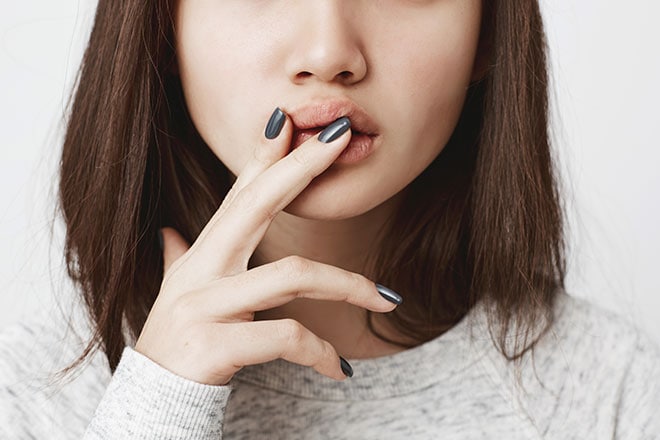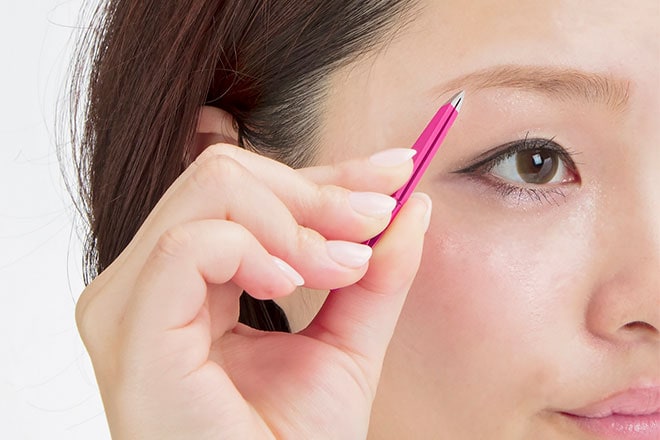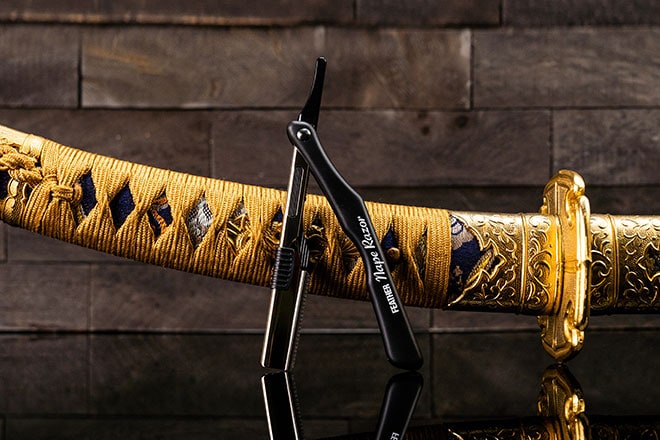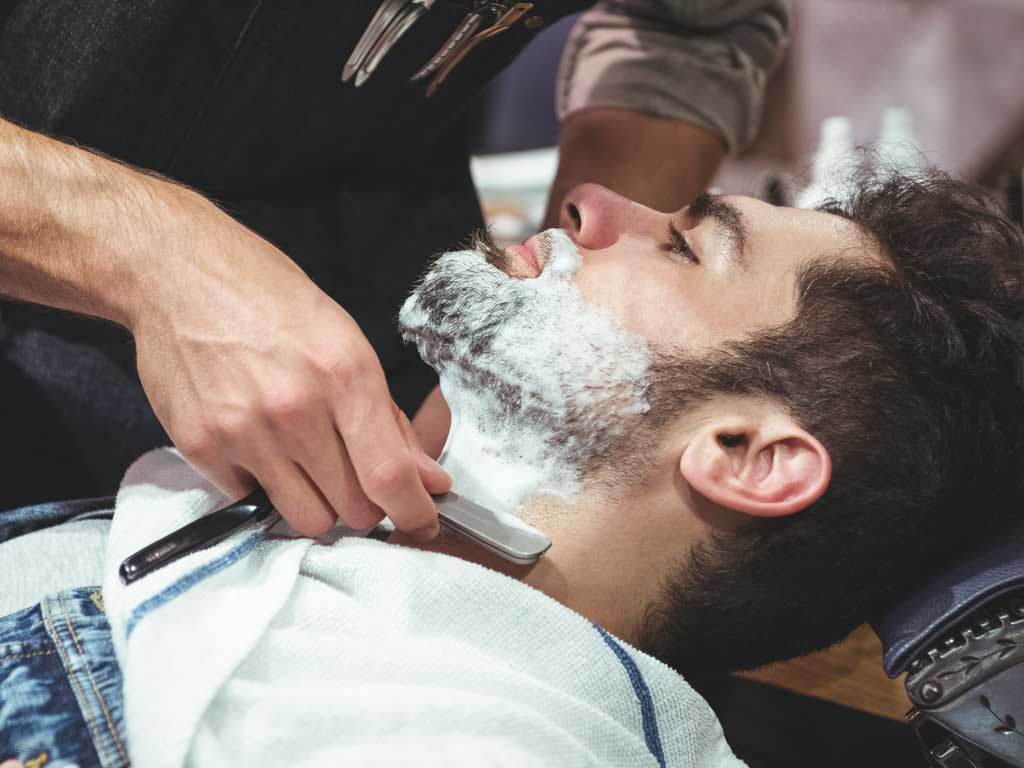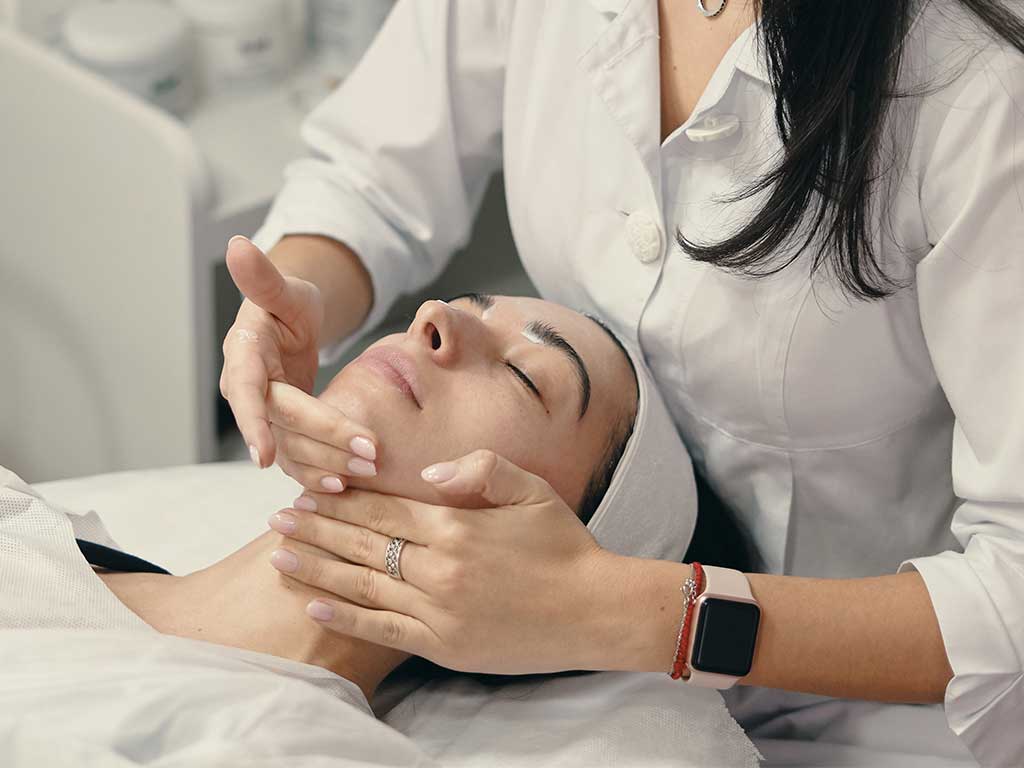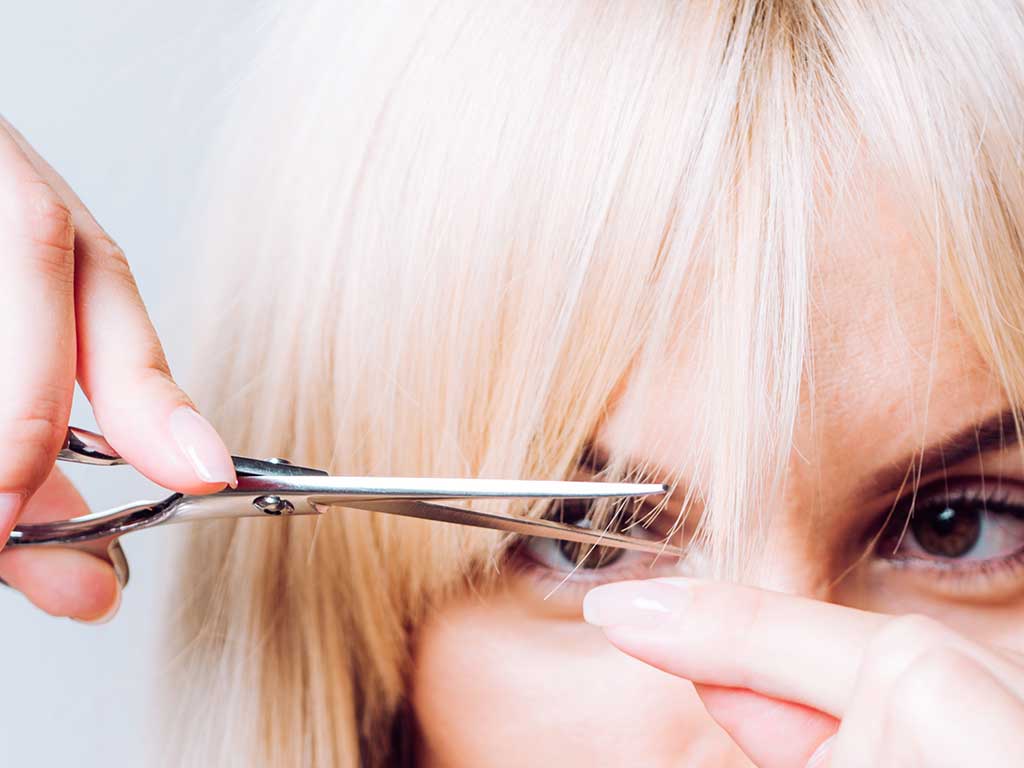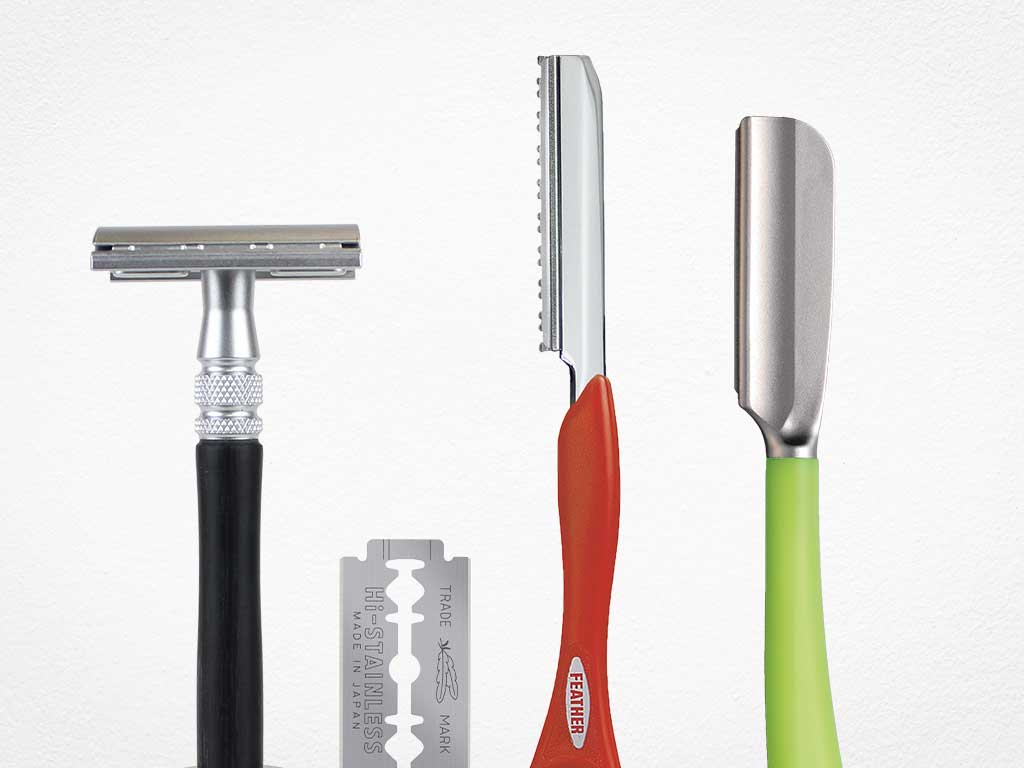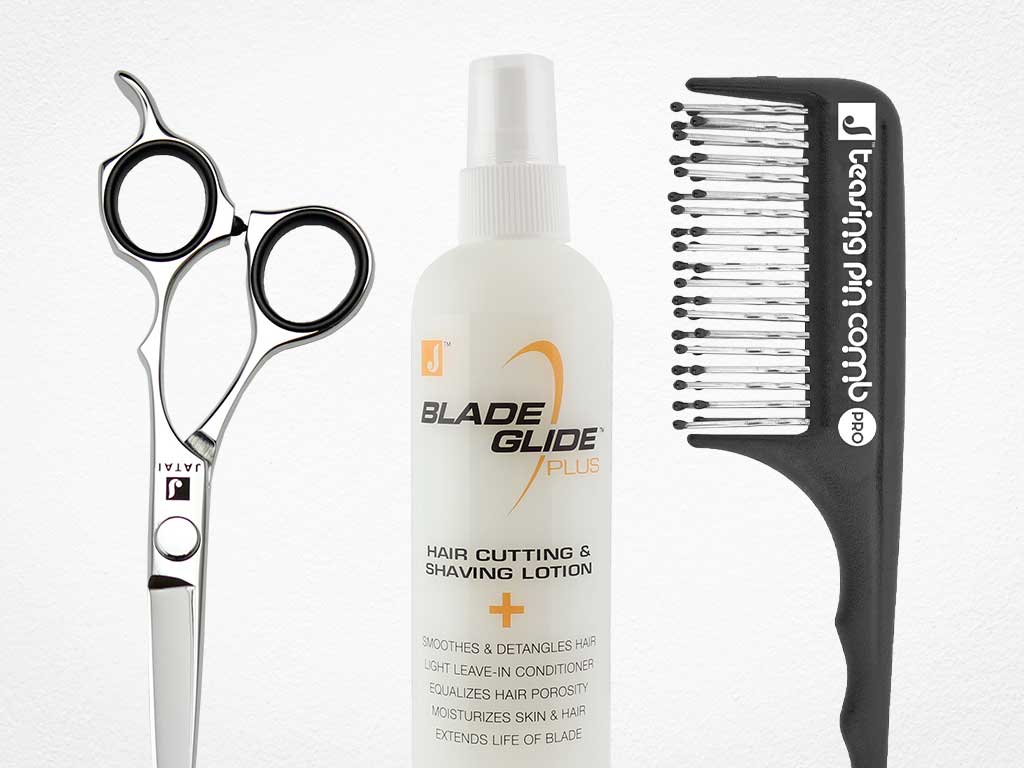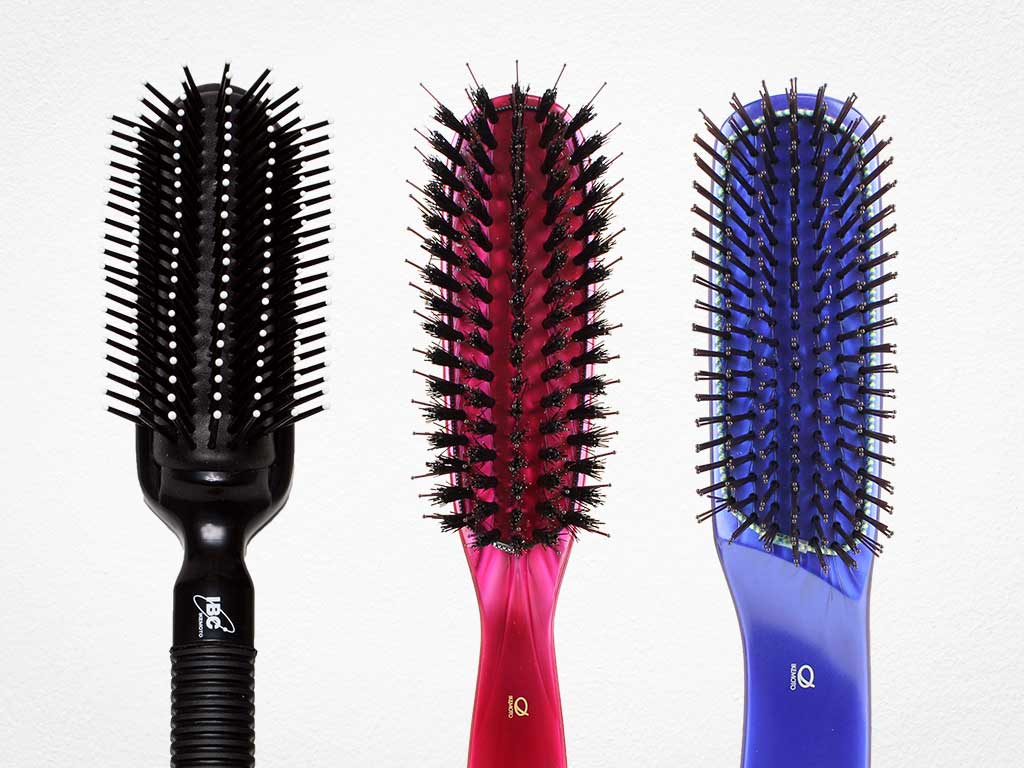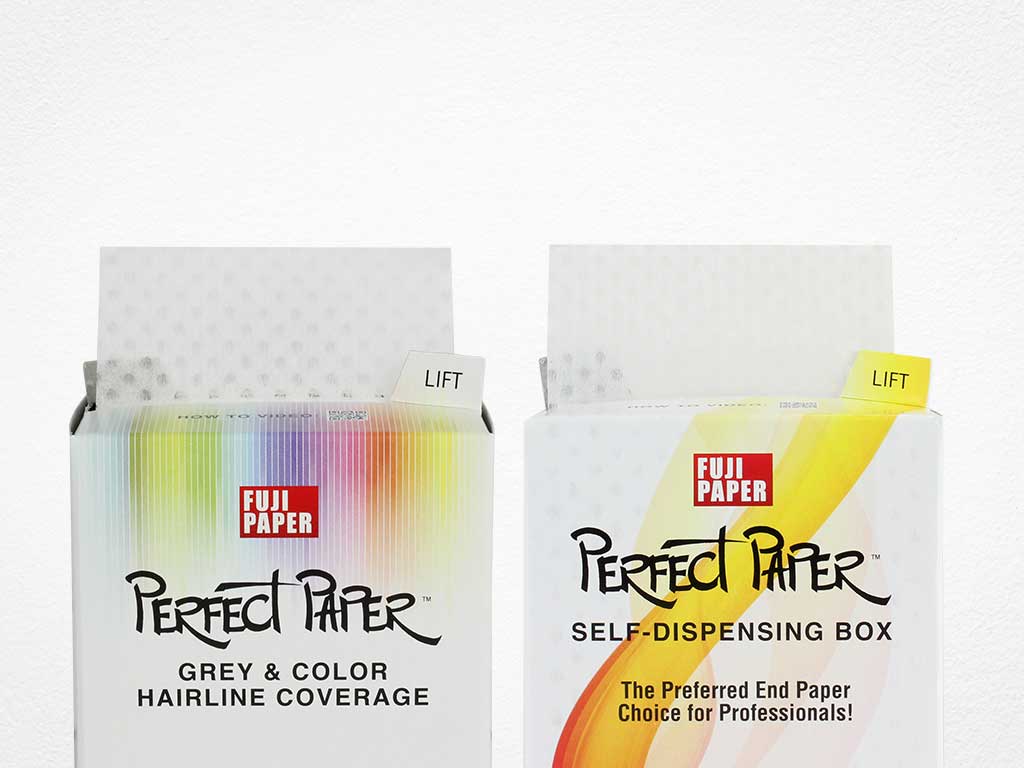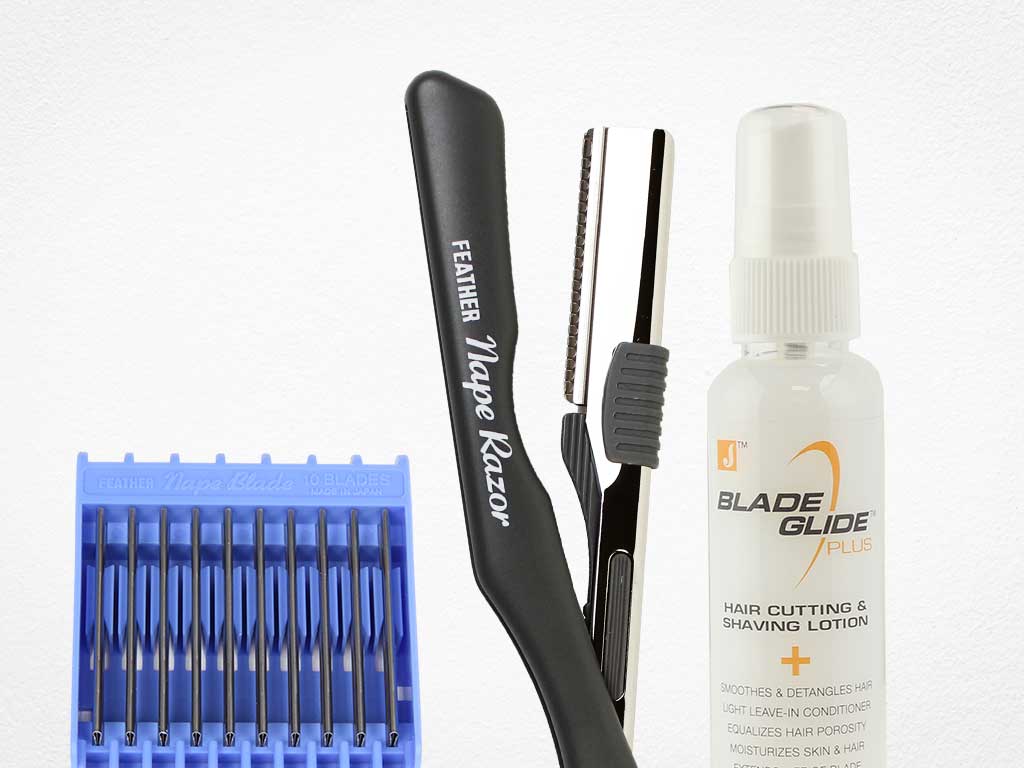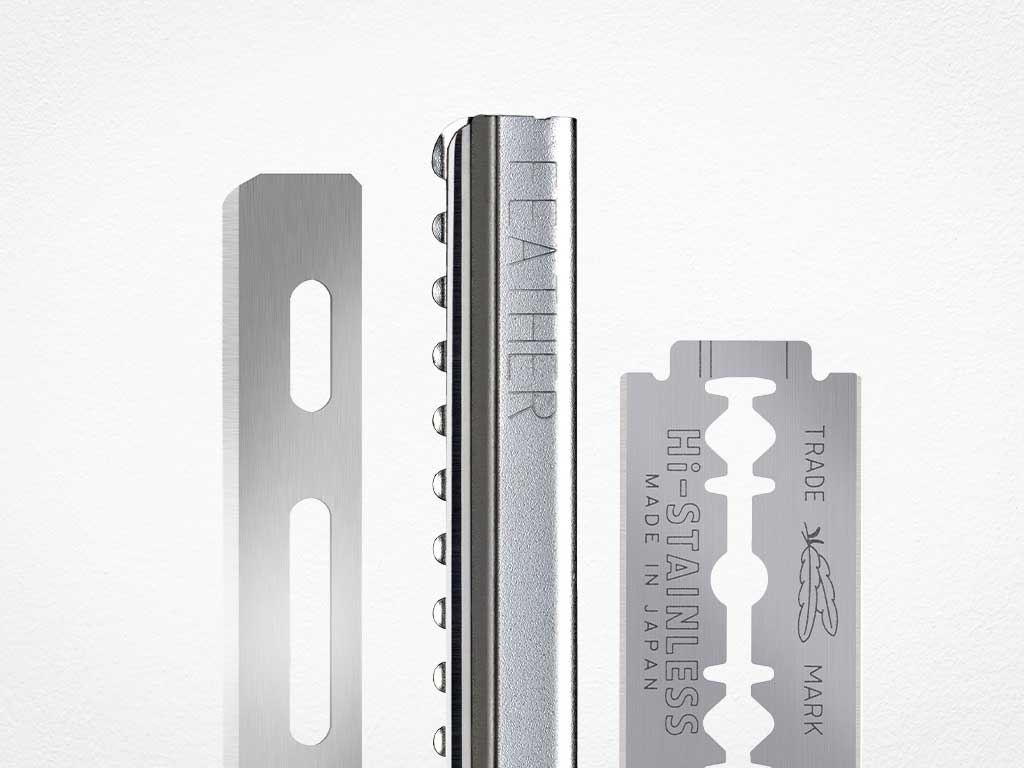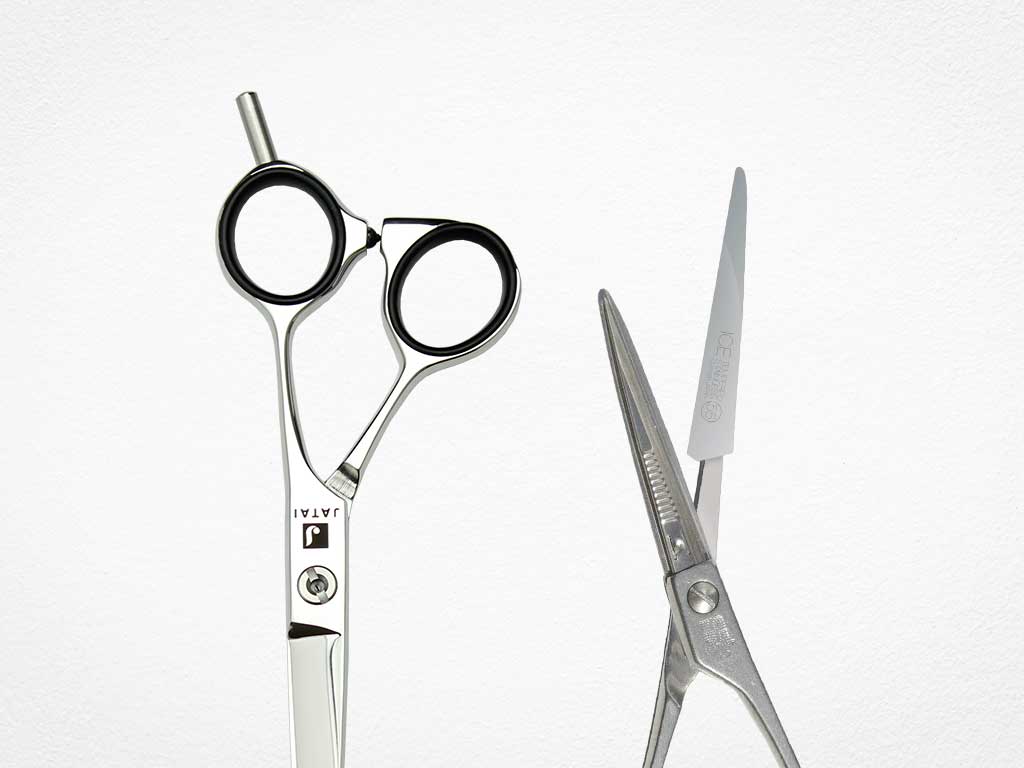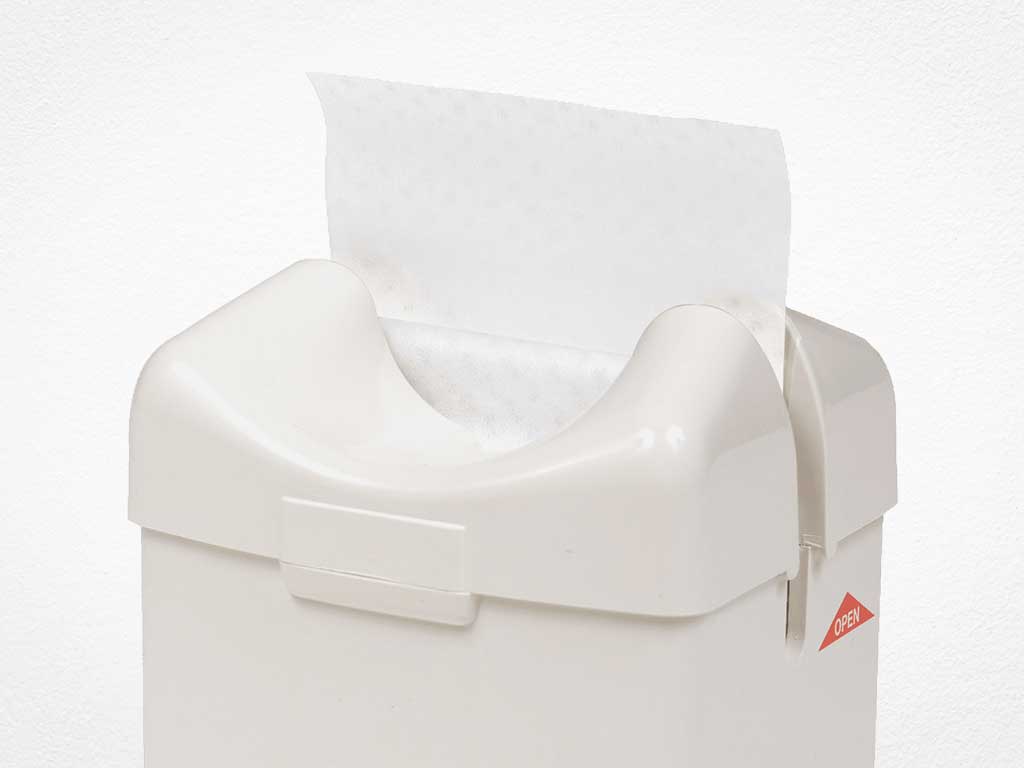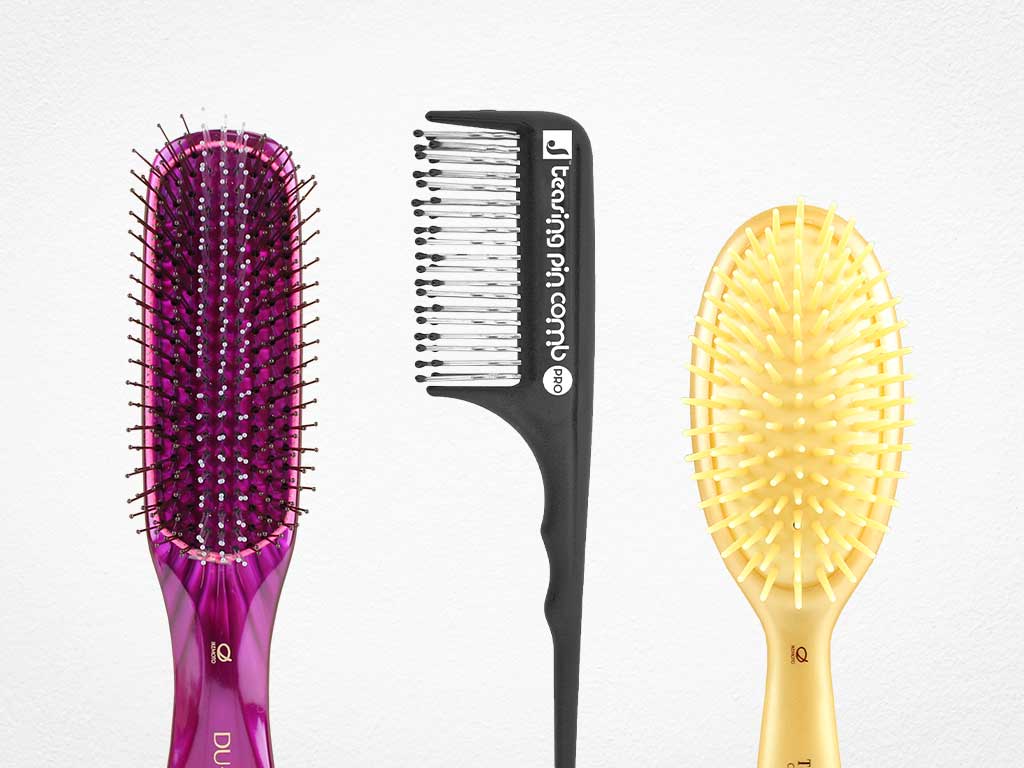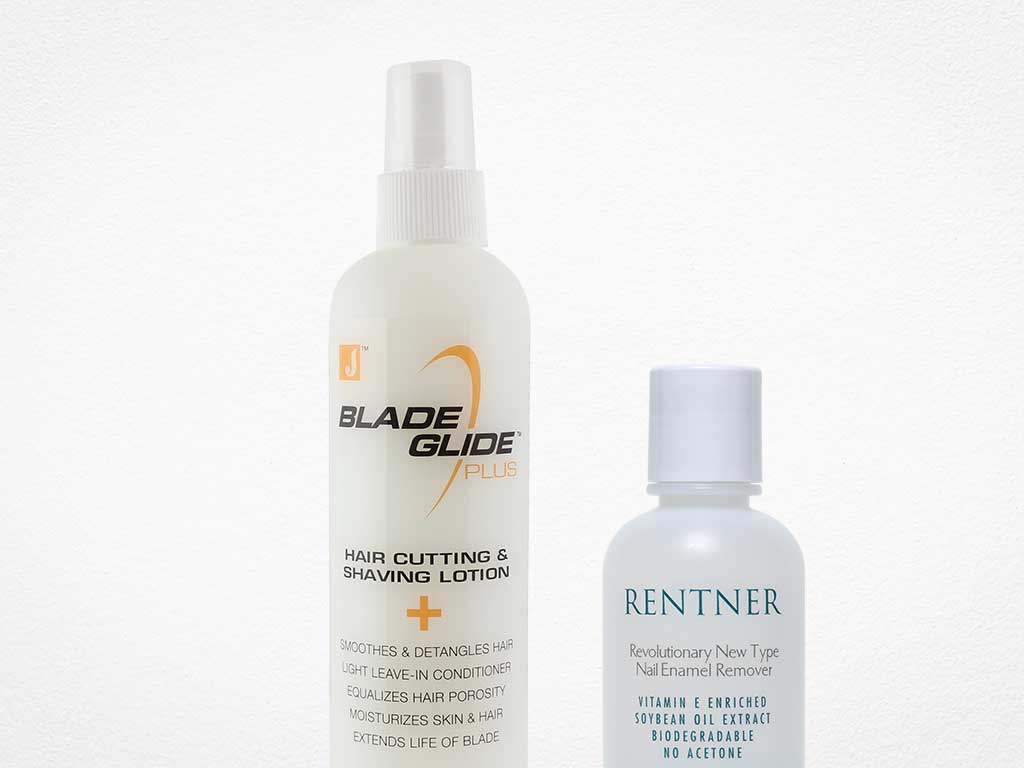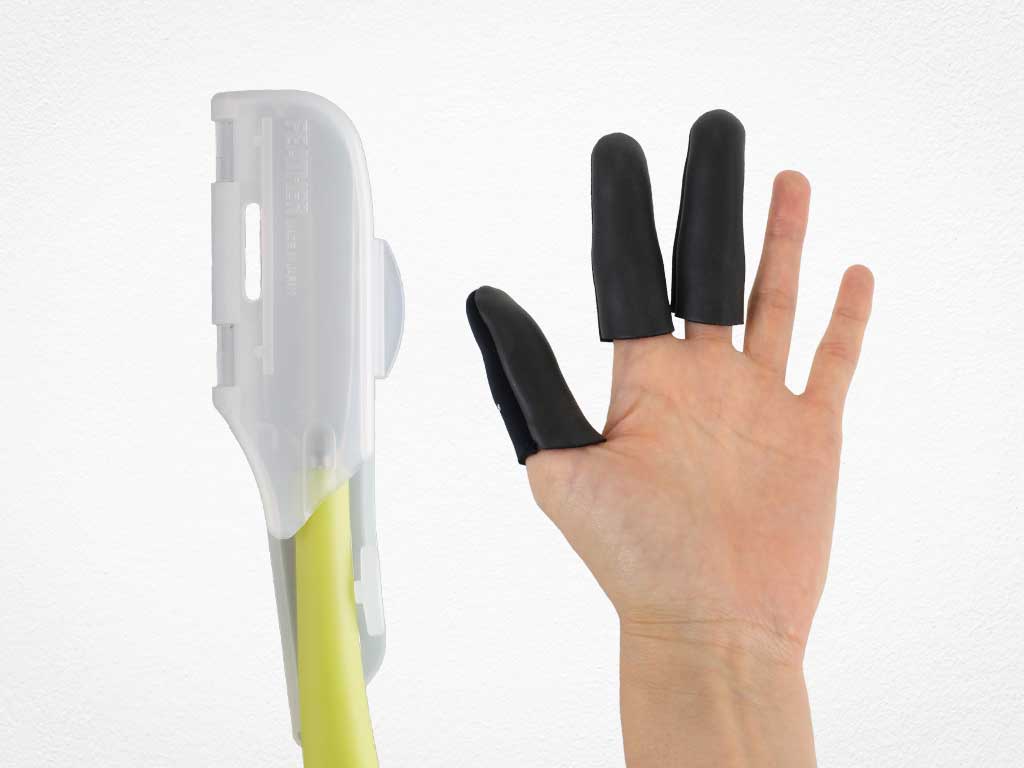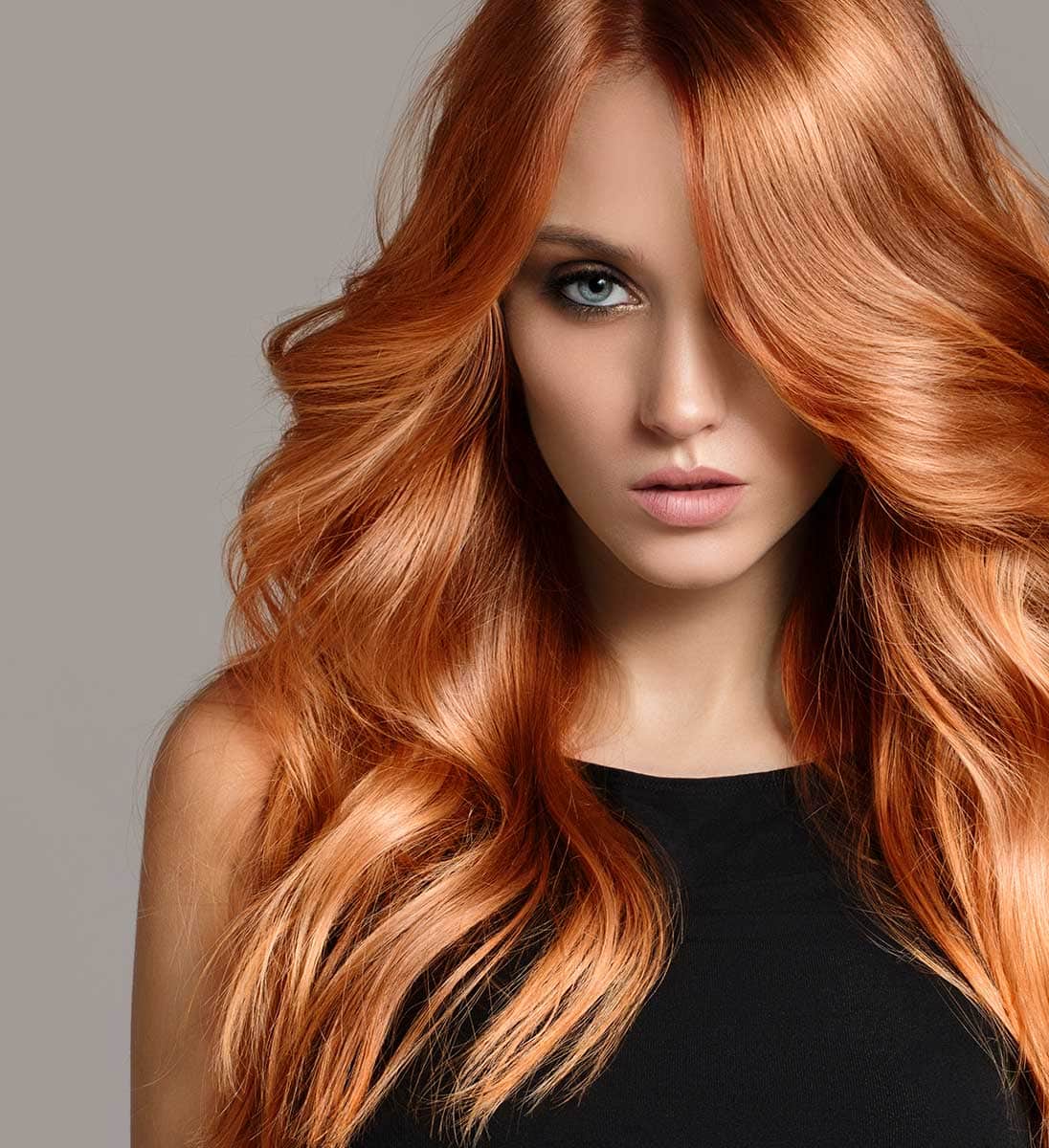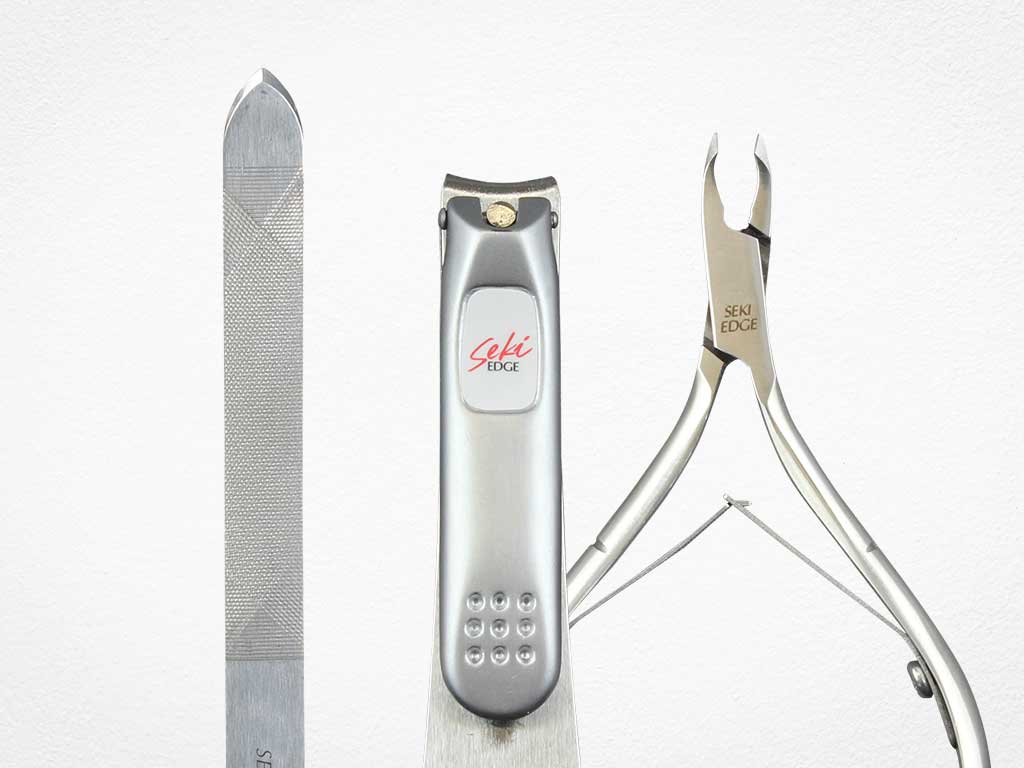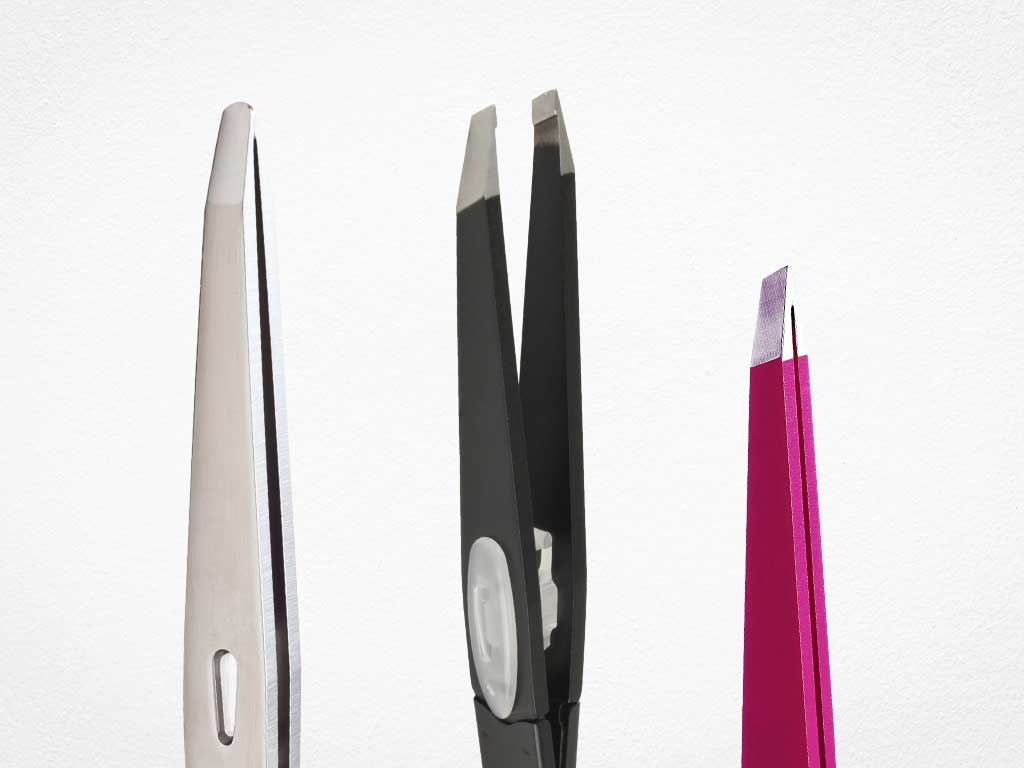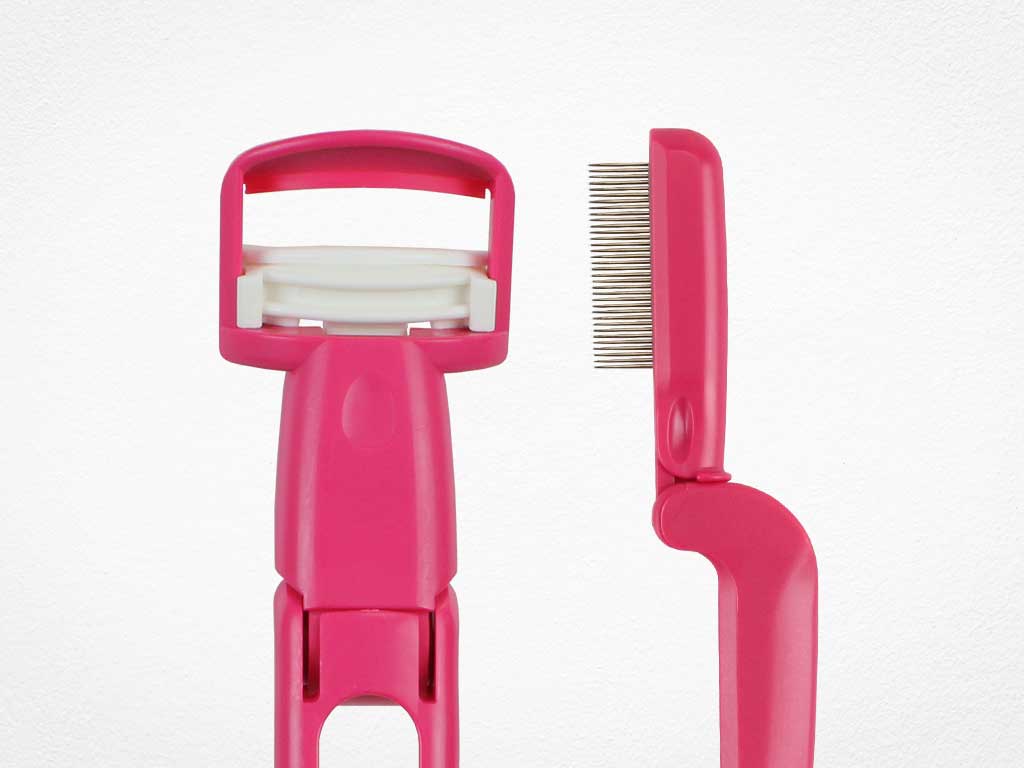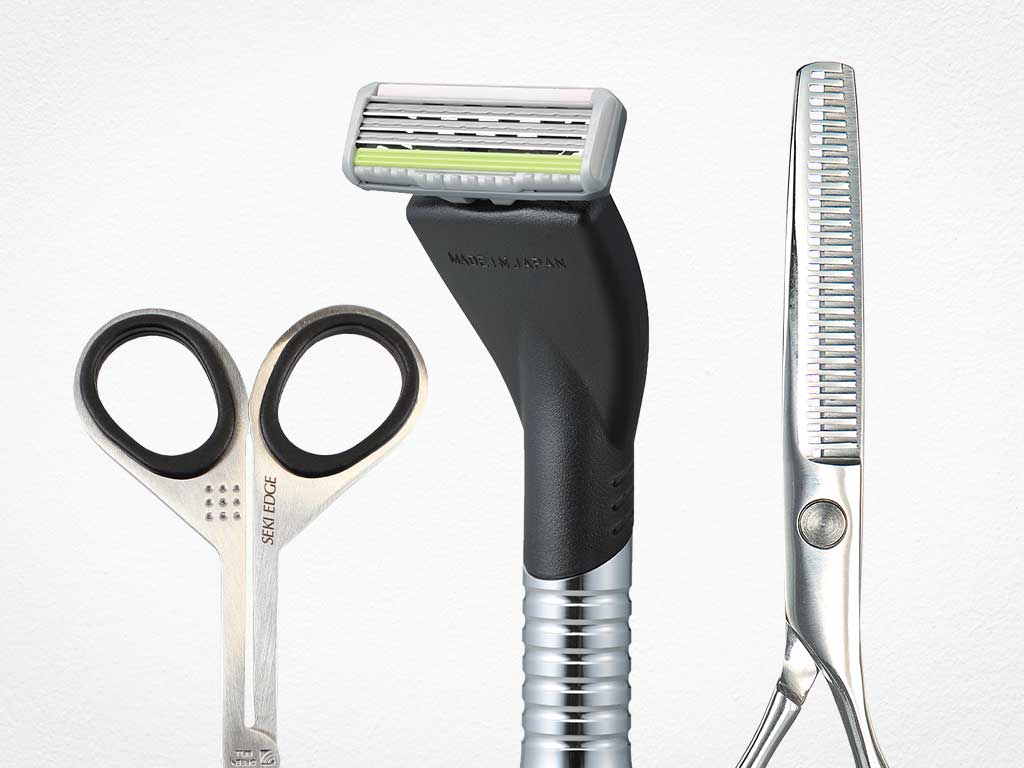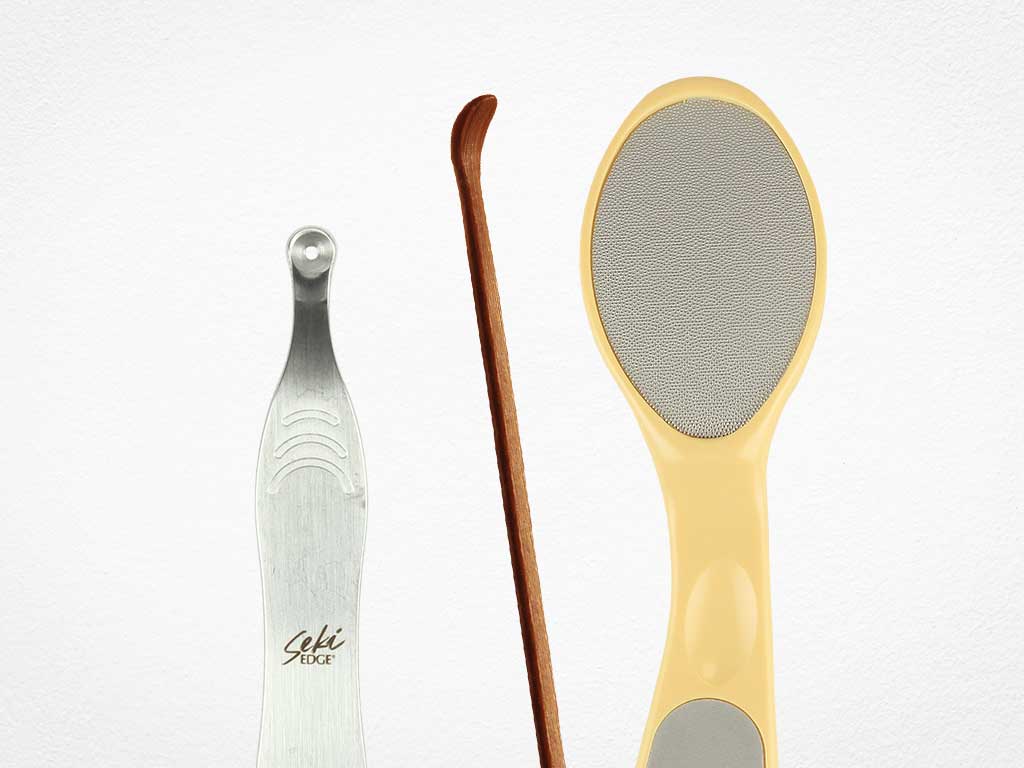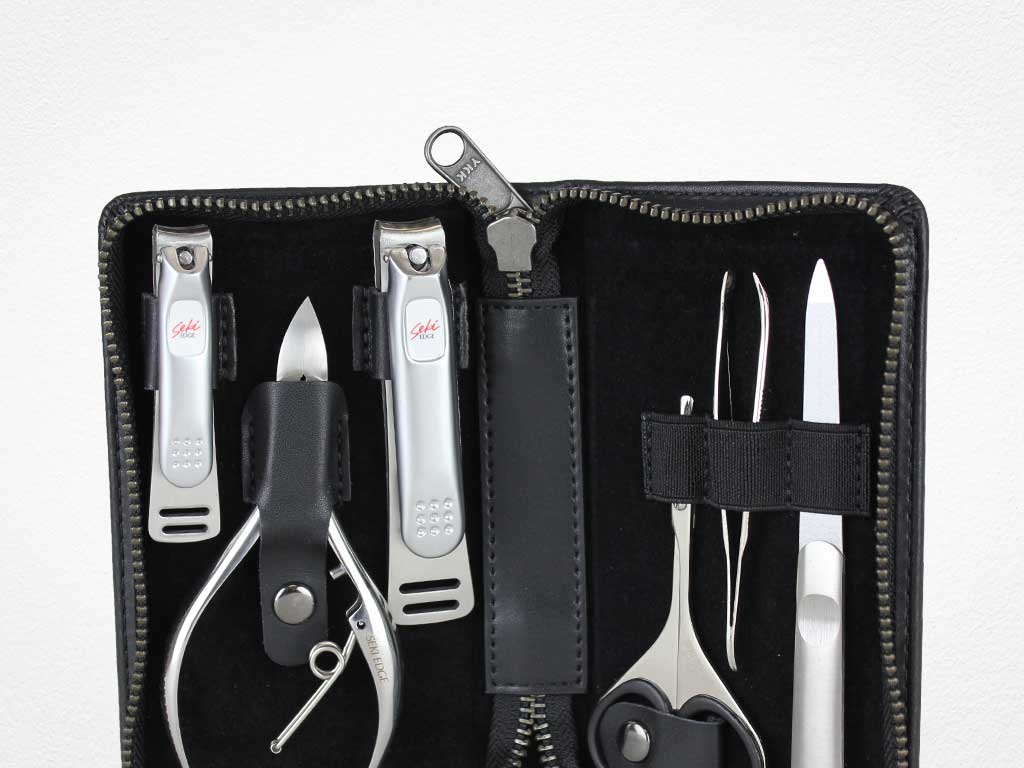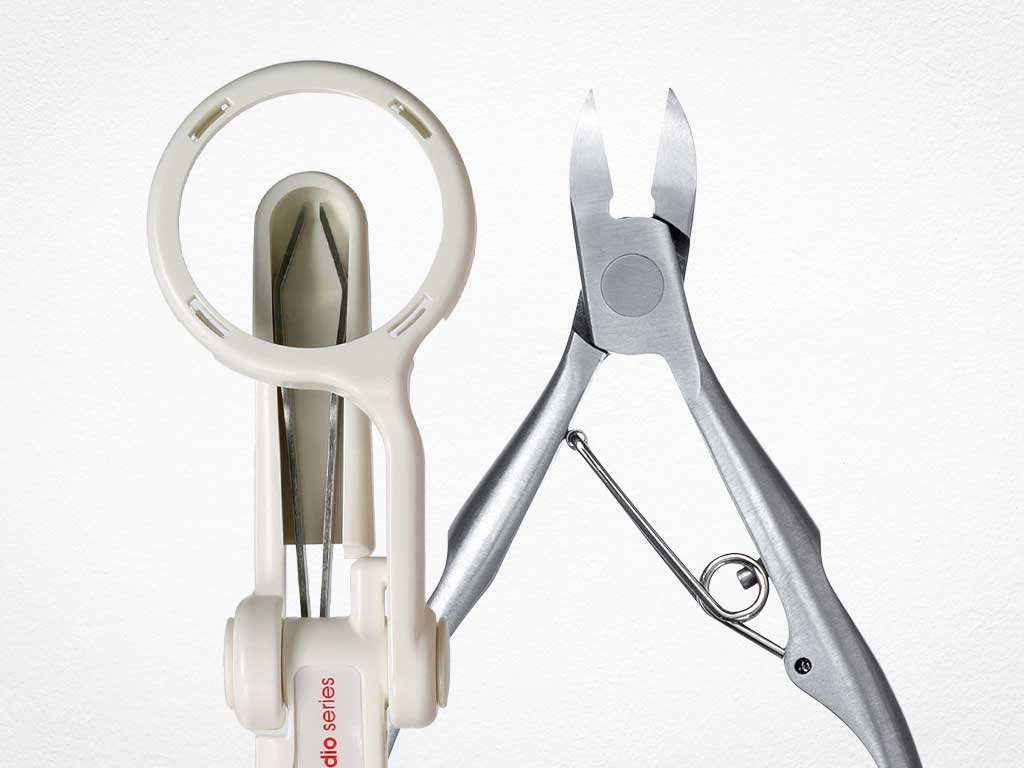During the pandemic salons and barbershops were forced to close for an extended period. This caused many people to find new ways of maintaining their hair. Whether it be cutting their hair at home or letting it grow out and run wild, trying something different was forced upon many people.
Hair professionals, on the other hand, had to learn how to cope with the lack of income coming in and got creative with how they could use their skills to make some extra money. One of those ways was teaching people how to cut their hair at home.
Fast forward a few years later, many people have gladly returned to the salon and barbershops for their favorite services and haircuts. But many have adapted a new hairstyle and others have figured out they can cut their hair at home or at least do maintenance between haircuts. Some people even found they could razor cut their own hair completely.
One might think that razor cutting your own hair is scary in fear of cutting off too much or cutting it wrong. There’s also the fear that razor cutting hair will leave hair frayed with split ends. This fear is valid but with a little knowledge this fear can easily be overcome. We asked some professional hairstylists if they could provide some tips for home users who want to get better at cutting their hair at home. Here’s what they had to say…
Gregory Patterson
Gregory is a hairstylist based out of NYC. He’s a global educator and a celebrity brand ambassador. His IG is filled with quirky videos, haircutting tips and he always seems to be having fun! We asked him for 3 tips he could give for cutting hair at home. Here’s what he said.
1) PREP is EVERYTHING
Especially when it comes to using the Feather Styling Razor at home, you want to use great tools in your hair that allows for an easy “slide and glide.” This not only helps you brush through any kinks or knots but also provides a perfect pairing when sliding your Feather Razor down the hair strands.
USE A SUPER SHARP RAZOR BLADE! You can get a couple uses out of your razor blade but use a freshie every time if possible. This creates clean sharp hair ends, avoids drag and helps to eliminate frizz and split ends. To eliminate frizz, you can use leave-in treatments, creams or oils that are right for your hair type and texture.
2) Dry vs Wet Haircutting
There has always been a debate about razor haircutting on dry hair vs. wet hair. Here’s my take…
Call me controversial and a rule breaker (I’ve never been one to do things just one way), but I love to use my Feather Razor on both wet hair AND dry hair, especially when it comes to cutting your own hair.
If you aren’t technically trained and don’t have a great understanding of hair physics, many things can go wrong when cutting wet hair. I always say “wet hair lies, dry hair truths.”
Wet hair can bounce back, shrink up, group curls with strong hair growth patterns and create holes or imbalance in your finished shape.
With dry hair (and specifically cutting your dry hair at home) it’s much easier to navigate the map. You see exactly what happens to the hair immediately. Whether you wear your hair air dried or blow dry it and style it, dry haircutting should be done after it’s in its final dried and/or styled state. So if you normally air dry your hair, wait until your hair is air dried and then dry cut it. And if you normally blow dry and style your hair, do that first, then dry cut it.
If you always let your hair air dry (never or rarely blow dry it), dry razor hair cutting can give amazing results. You will see exactly where and what you want to take off, layer, texturize, and detail.
3) “MORE means MORE”
The MORE you lift the hair and cut, the MORE layering you create. Below is a great guide to follow to understand the effect you’ll get from lifting your hair at different “zones” and the layers that can be achieved.
Cutting CLOCK GUIDE
Remember, the higher you lift into a “time zone” the more layering you create, meaning the more hair you will remove. BEFORE you cut or slice the hair that’s in your hands, ask yourself every time “What time is it?” Is that the time you’re wanting? If so, go ahead and cut or slice the hair. If not, lift the hair higher or drop the hair lower and then cut your hair at this “time” all around your clock (head shape).
So what are these time zones? Imagine a clock with the numbers 1-12 on it. Now apply this to your head where 6:00 is the floor and 12:00 is the top of your head.
If you cut your hair between 6:00 (floor) and 9:00 (ear) your layering will land anywhere from your ears and below. This is minimal to moderate hair removal in terms of length and weight. Your hair will have movement and layering within that zone.
Depending on how high you lift within this time zone, you will get soft layering that falls anywhere from your ear height and below.
If you cut your hair between 9:00 (ears) and 12:00 (top of head), you will get moderate to maximum hair removal in terms of length and weight.
The layers are dependent on what “time” you lifted the hair to. Hair will fall anywhere within the 9:00 to 12:00 zone AND 9:00 to 6:00 zone.
If you elevate the hair from 6:00 all the way up to 12:00, all of the time markers will become touched (6:00, 7:00, 8:00, 9:00, 10:00, 11:00, 12:00). This is the maximum elevation which gives the maximum hair removal. Keep in mind that these time markers are in reference to the right side of the head. The same would apply to the left side of the head where the time markers would be 6:00, 5:00, 4:00, 3:00, 2:00, 1:00 and 12:00.
It’s very important to establish what your end result looks like. Then, reverse engineer to determine which technique(s) you will need to achieve the desired shape, movement, layering and amount of weight removal.
The main takeaways:
1) PREP is Everything. Use good quality tools and sharp blades.
2) Dry vs Wet Haircutting. It’s okay to dry cut (in my opinion) as you will see exactly where and what you want to take off. Just make sure it’s in the air dried or blow dried and styled state before dry cutting.
3) MORE means MORE. The higher you lift the hair before you cut, the more length and weight gets removed. The lower you lift the hair before you cut, the more length and weight stays on. Use the Clock Guide to help determine how much hair removal you want to achieve.
Shay Mullins
Shay is a hairstylist based out of Sacramento. She specializes in shags, mullets and creative haircuts. She has a cute, fun style about here that shows through her content. Every once in a while, you’ll see her razor cutting her own hair too! Here are her tips.
1. Never use a razor on dry hair. You should only use a razor on wet hair because using it on dry hair will damage your hair and create split ends, leaving your hair looking and feeling frizzy and damaged.
2. Make sure you hold the hair you’re cutting taut. You should hold the hair taut to maintain control of the section you are cutting. Holding it loose can also create damage and frizz.
3. In this reel I’m removing internal weight from my hair so it looks less bulky without removing any length. I’m visually looking at my hair and seeing what looks heavy, grabbing those pieces and carving out anything that looks like it needed to go. If you do this at home be very mindful of what you’re cutting or you could accidentally cut into your length. After every carved-out piece I take, I then re-zhuzh my hair back into place to make sure it looks good.
Tiana Walter
Tiana is a stylist who provides hair tips and tutorials on YouTube. She talks about her favorite products and gives some useful styling tips. She also uses a Feather Styling Razor. Tiana’s content is educational and you can learn a lot from her in all areas of haircutting and styling. Here are her tips for cutting your hair at home.
Cutting your own hair at home can be intimidating, but with the right tools and techniques, you can achieve a fresh new look and have some fun! As a hairstylist, I understand the importance of a good haircut and want to share three tips to help you successfully cut your own hair at home.
1. Invest in the right tools
To achieve a professional-looking haircut, you need to have the right tools. This includes a pair of sharp scissors, a comb, and a hair clip. Avoid using kitchen or craft scissors as they can cause split ends and make it difficult to get a clean cut. A pair of hair cutting scissors will make the job much easier and ensure a smooth cut.
2. Cut your hair when it’s dry
Cutting your hair when it’s wet may seem like a good idea, but it can actually be quite challenging. Wet hair is heavier and stretches when you comb it out, which can cause it to look longer than it actually is. This can lead to uneven or asymmetrical cuts when the hair dries. Cutting dry hair allows you to see the exact length and shape of your hair, ensuring a more accurate and precise cut.
3. Take it slow and steady
When cutting your hair at home, it’s important to take your time and be patient. Start by washing and drying your hair, and then comb it thoroughly to remove any knots or tangles. When cutting, take small sections of hair and cut them one at a time. Don’t try to cut too much hair at once, as this can lead to uneven cuts or mistakes that are difficult to fix. Remember, you can always go back and cut more if needed, but it’s much harder to fix a cut that is too short. Before cutting hold the hair where it will “live” or land. Is this where you want the length to be? Take your time, take a deep breath and have fun!
Cutting your own hair at home can be a fun and gratifying experience, but it’s important to approach it with the right mindset and tools.
Kelly Bird
Kelly is a stylist and educator specializing in razor cutting. She loves to create shags, work with curls and natural texture, does non-toxic coloring and blonding and more. She is based out of Bellingham, WA. She offered some great tips.
1. Razor cutting works best when you have enough grow out to cut, at least an inch is ideal, less is doable once you have a bit more practice and understanding of the tool.Remember to step back and look at your work. We get up close in the mirror to see what we are doing when cutting our own hair so it’s important to take a couple steps back and really look at the shape.
2. Don’t start a home haircut when you are in a rush or have an event to be at. It just never works out well.
3. Take before and after photos for your own reference. It is so helpful to see the changes and take notes of what you do and don’t like. Adjust your technique next time.
There are no rules despite what some people may tell you. We have all learned through trial and error. Wet hair, dry hair, small section, big section. Try different things and do what feels good to YOU! It’s your hair, you get to be an artist, and most importantly have fun doing it.
Megan Reid
Megan is a hairstylist based out of Orlando, FL. She’s a lover of color services and does both scissor and razor cutting. She showcases some beautiful cuts and color on her Instagram page. She also chimed in with some tips on bang cutting.
I love using the JATAI Feather Razor for cutting my own bangs! It’s perfect for taking off length and creating texture at the same time. My best advice would be to start with the hair wet, comb forward where you want to create your shape, and then start carving away! I choose to cut my bangs wet because I find the razor glides smoother through the hair. I will define it a little once the hair is dry with the razor as well!
Another good tip is to always start with a new blade. Most importantly have fun! There’s so many cool shapes to create!
Cutting your hair at home is best for in between maintenance. Whether it’s trimming bangs or adding in a few face framing layers, these can be done at home. But for full haircuts, it’s best to leave it up to a professional as they will have the proper techniques and skillsets to give you the haircut you want.
Using a razor to cut your hair at home is easier to use than scissors simply because the cuts are less precise. With scissors, if you make a wrong snip it’s easily noticeable. Scissors are less forgiving. And as you can see, there is much controversy about cutting hair wet vs. dry. If you’re looking to cut your hair at home which includes razor cutting, take some of the advice from professionals. Experiment a bit and see what works!
Product, Haircutting Razors, Tips & Techniques, Hair Trends
 Filter
Filter


